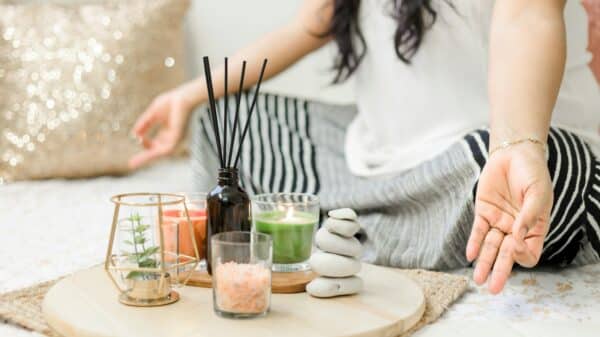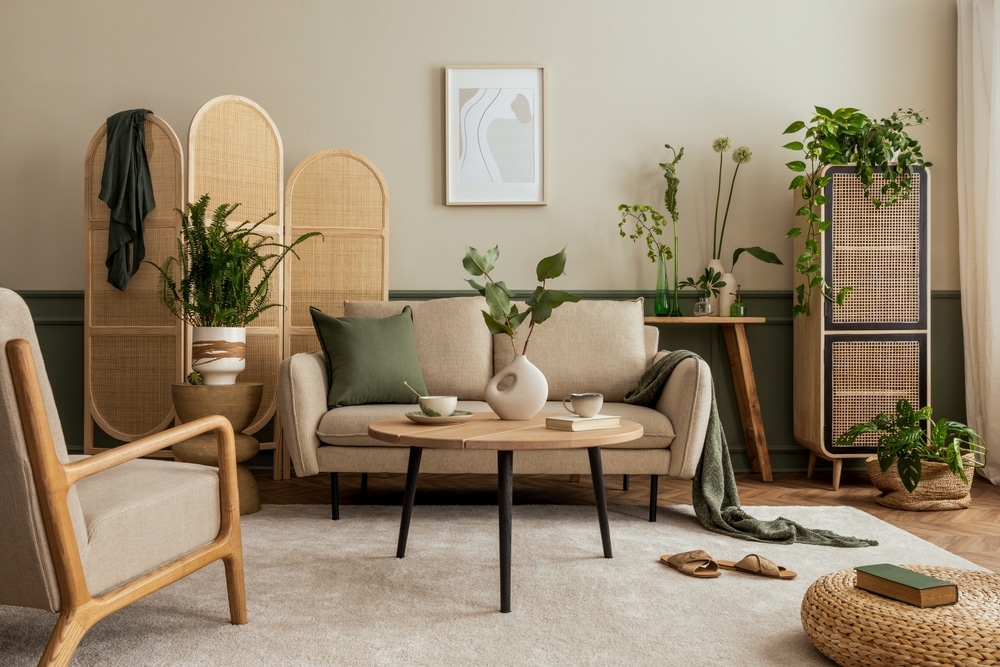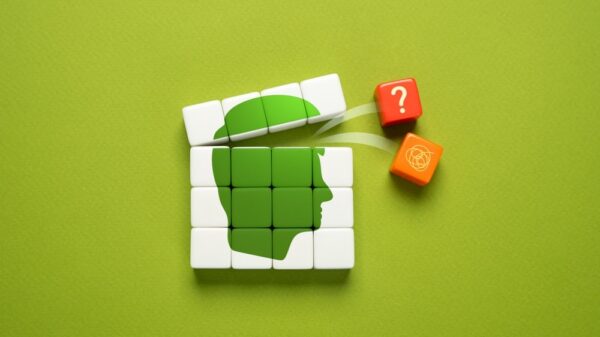Interior design is frequently seen as a visual discipline, narrowly focusing on aesthetics. However, the reality is much richer and deeper. Behind every choice—whether it’s the color of a wall or the style of a sofa—lies a profound intent informed by the psychology of space. The truth is, a room’s success is measured not just by how it looks, but by how it makes you feel when you step inside.
Think about it: our living and working environments possess the profound ability to shape our emotions, influence our daily routines, and even affect how we interact with others. The location of a chair, the color scheme, or even the shape of a lamp can evoke feelings of joy, tranquility, energy, or reflection. Often, these emotional responses occur below the surface, impacting us in ways we may not even recognize.
This emotional alchemy revolves around the subtle shifts in space, emphasizing the need to delve deeper into the hidden psychology that drives our design choices.
Colors as the Silent Mood Setter
When we think of interior design, color is usually the first aspect that comes to mind. And it’s not surprising—color is fundamental to how we perceive our spaces. But it’s important to remember that every hue carries emotional weight. For instance, cool blues and soft greys are often used in relaxation areas because they symbolize calmness and clarity. Meanwhile, vibrant yellows and reds energize spaces, welcoming creativity and warmth.
Before jumping into color palettes, consider the emotional atmosphere you aim to cultivate. Do your research on color psychology and reflect on your personal feelings toward various shades. This journey of discovery can guide you in creating a truly harmonious and inviting environment.
Spatial Layout as the Key to Flow and Comfort
When we talk about layout, we’re not just discussing square footage; we’re referring to how a space is arranged and organized. The placement of furniture sends powerful, often subconscious messages about openness and intimacy.
For example, a circular setup of chairs encourages conversation and connection, while a single chair by the window offers a peaceful retreat. Even moving furniture slightly away from walls or using rugs to define spaces can dramatically alter how people navigate and utilize the room.
Visual elements like mirrors and artwork also play vital roles in shaping our perception of space. A strategically positioned mirror can reflect natural light, enhancing depth and warmth. Similarly, large-scale art pieces can draw the eye and create a sense of drama.
Mastering flow in your space involves tuning into its emotional needs and responding accordingly. When a layout feels natural and intuitive, the space resonates with an energy all its own.
Stimulating the Senses with Shape and Texture
But don’t stop at color and layout. Your sensory experiences are also shaped by the forms you choose. Geometric shapes in decor—like frames, ceramics, or even abstract art—offer subtle cues that can influence your mood. Curved lines often bring a sense of calm, while angular shapes can spark energy and clarity.
Texture is another crucial aspect of emotional depth in design. The plush feel of velvet, the raw essence of natural wood, or the sleek finish of polished concrete can add layers of experience beyond mere decoration.
Balancing shapes and textures invites you to engage more deeply with your surroundings, emphasizing the emotional connection that interior design can foster.
Shape Emotion and Routine with Light
Have you ever stepped into a room and thought, “Wow, the lighting here is amazing”? Light is often underestimated in interior design, yet it has a tremendous impact on our emotions and functionality.
Natural light plays a vital role in regulating our circadian rhythms—boosting our energy when the sun rises and helping us unwind as it sets. On the other hand, poorly designed artificial lighting can lead to fatigue and irritability, disrupting the natural flow of our day.
Experts often recommend layering light sources—combining ambient, task, and accent lighting—to create spaces that feel responsive and adaptable to our needs. This intentional approach allows your environment to evolve with you throughout the day.
Design with Memory and Emotion
You’ve learned that design is about more than aesthetics; it’s about creating spaces that resonate emotionally. And there’s an additional layer to this: meaningful design tells a story—your story.
Personal mementos, family heirlooms, and familiar scents transform houses into homes. They evoke memories, grounding us in our identities and providing comfort amidst the chaos of life.
Nostalgia is powerful; designing with personal anchors—be it a cherished vase or the calming scent of lavender—offers reassurance, reminding us of what truly matters.
Behavioral Design: Influencing How We Act
Every room nudges us toward certain behaviors, often without us even realizing it. A well-designed kitchen can draw you in, making you feel connected and ready to whip up a meal. In contrast, a cluttered entryway may add to the day’s chaos rather than alleviate it.
By making intentional design choices, you can encourage healthier habits. For example, placing a cozy reading chair by a window can invite leisurely moments of reflection.
Ultimately, it’s about aligning your space with your intentions. Do you want to cultivate a space that encourages introspection or fosters sociability? The way you design your environment will undoubtedly shape how you engage with it.
The Emotional Blueprint of Every Room
Great design transcends the visual; it’s fundamentally about feeling. Each element—from color to layout—contributes to the emotional cadence of your space. When you choose details thoughtfully, your home can become a sanctuary that supports your mood and lifestyle.
So, what’s the hidden psychology behind interior design? It boils down to self-reflection and going beyond superficial choices. By diving deeper into what truly matters, you can reshape your spaces and, in turn, the lives you live within them.
Image Source: Followtheflow / Shutterstock
































